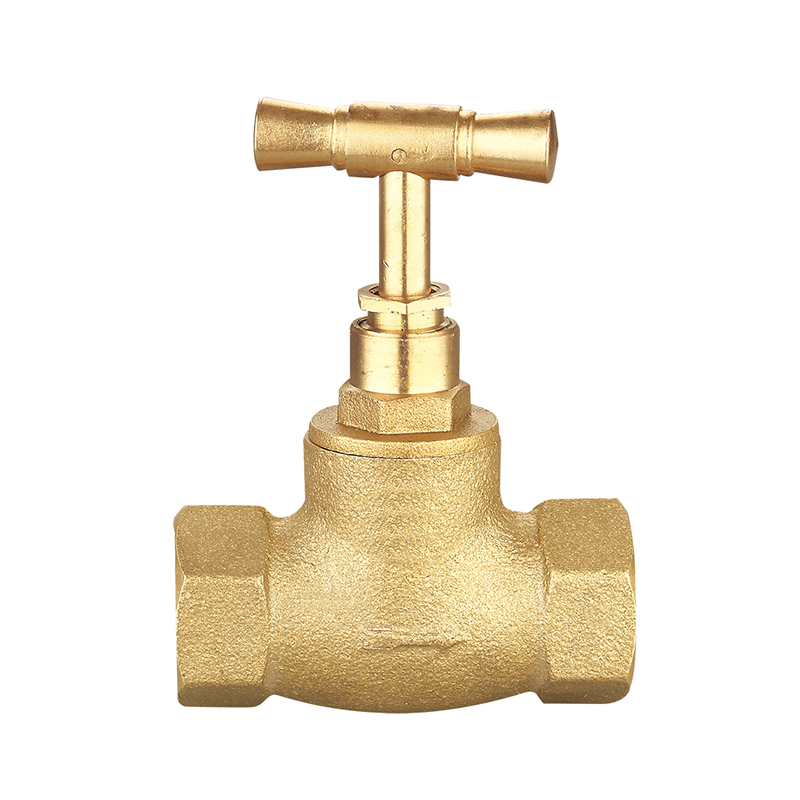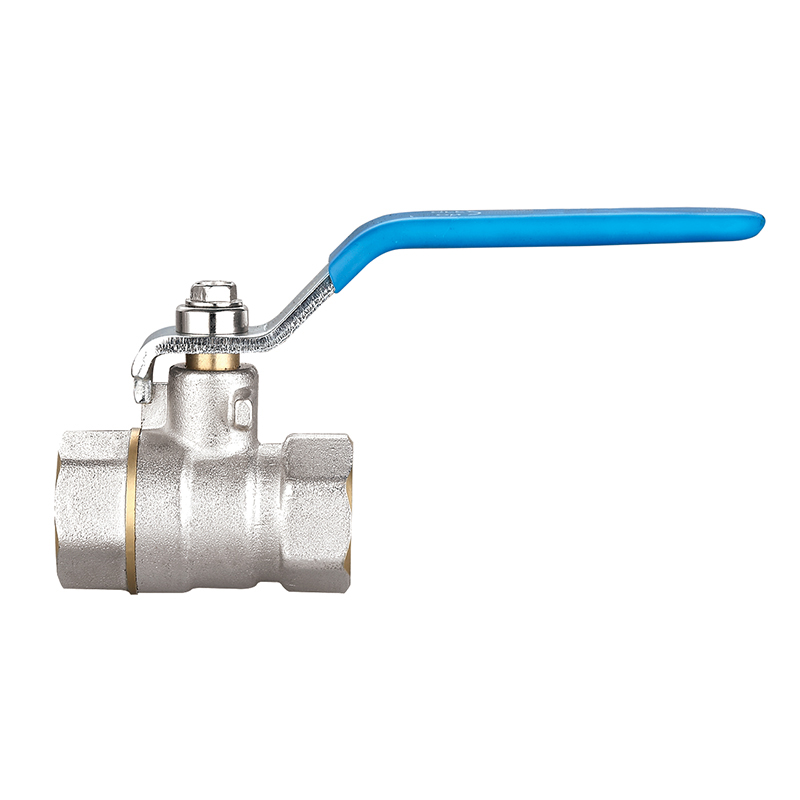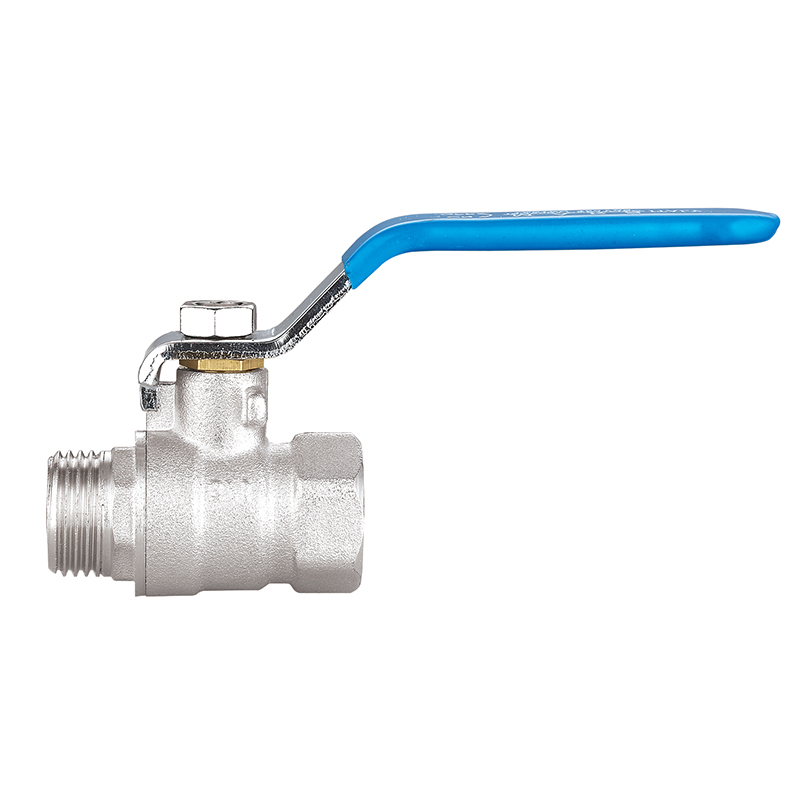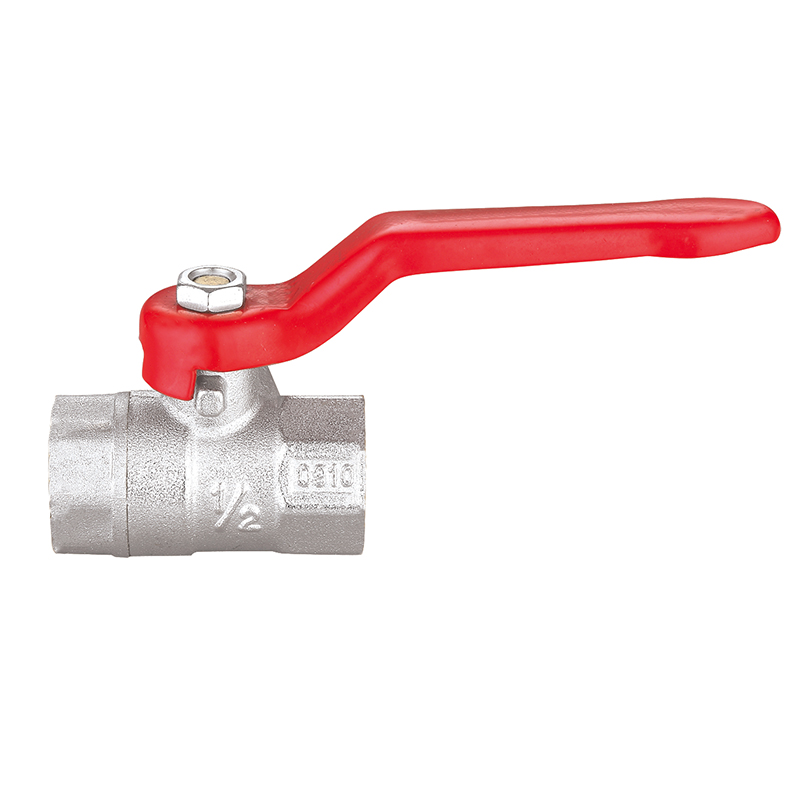Globe Valves: Precision Control Components for Critical Flow Regulation
2025-07-11
In industries where flow regulation and operational safety are paramount, the globe valve stands out as a dependable, high-performance solution. Known for their ability to modulate flow with precision, globe valves are widely used in applications ranging from power plants and oil refineries to HVAC systems and municipal water facilities. Their distinct design, robust construction, and long service life make them a vital component in both legacy infrastructure and modern, automated systems.
While ball and gate valves dominate in simple on/off control scenarios, globe valves offer throttling capabilities, making them indispensable in processes that require gradual, accurate flow modulation.
Understanding the Globe Valve Design
A globe valve derives its name from the globe-like shape of its body, although modern variations may feature more compact geometries. What truly defines the valve is its internal mechanism: a movable disc (or plug) that travels perpendicularly to the seat. This linear movement allows the operator to fine-tune flow rates, rather than simply starting or stopping flow as with ball or gate valves.
The seat design in globe valves creates a tortuous path, resulting in a slightly higher pressure drop compared to other valves. However, this same characteristic is what provides greater control over fluid dynamics, making globe valves ideal for applications involving steam, high-temperature fluids, and corrosive media.
Wide Application Across Key Industries
Thanks to their flow regulation capabilities, globe valves are found in a wide array of industrial sectors:
Power Generation: In steam systems and cooling circuits, globe valves manage pressure and flow stability, playing a critical role in boiler operation and turbine efficiency.
Oil and Gas: Used for regulating the flow of oil, natural gas, and chemical additives in processing and pipeline systems. Their precision helps maintain system balance and prevent over-pressurization.
Chemical Processing: Globe valves control the flow of reactive or high-purity fluids, contamination risks and improving batch consistency.

HVAC Systems: In heating and cooling loops, globe valves allow precise control of fluid circulation, improving energy efficiency and system responsiveness.
Water Treatment Plants: Employed to fine-tune water flow, control chemical dosing, and manage backwashing cycles in filtration systems.
Key Advantages That Set Globe Valves Apart
Modulation and Control
The primary benefit of globe valves lies in their ability to adjust flow rates accurately. This makes them preferable for scenarios where controlling pressure and flow speed is more important than simple shutoff.
Durability Under Pressure
Globe valves are designed to operate under high pressures and temperatures, often using durable materials like stainless steel, bronze, or forged steel. This ensures long service life, even in conditions.
Tight Shutoff Capabilities
When fully closed, globe valves provide sealing, leakage even under fluctuating pressure loads.
Maintenance Accessibility
Many globe valve designs offer top-entry construction, making them easier to maintain or repair without removing the valve from the pipeline—reducing downtime and labor costs.
Material and Design Innovations
To meet the evolving demands of modern industry, manufacturers are investing in material science and design improvements:
Corrosion-Resistant Alloys: Materials like duplex stainless steel and Hastelloy extend the life of globe valves in corrosive environments such as seawater systems or acid plants.
Low-Emission Packing: Globe valves used in petrochemical and gas industries are now available with packing systems that minimize fugitive emissions, ensuring environmental compliance.
Actuation Compatibility: Many globe valves can be equipped with electric, pneumatic, or hydraulic actuators, allowing integration into remote or automated process control systems. These smart configurations help optimize operations and provide real-time system feedback.
Challenges and Considerations
Despite their advantages, globe valves do present certain limitations:
Higher Pressure Drop: Due to their tortuous flow path, globe valves are not ideal where resistance is required.
Larger Footprint: Traditional globe valve designs can be bulkier than other valve types, which may pose a challenge in compact installations.
Nevertheless, when the application demands flow precision, durability, and safety, the benefits of globe valves often outweigh these drawbacks.
Whether you want to become our partner or need our professional guidance or support in product selections and problem solutions, our experts are always ready to help within 12 hours globally.




 русский
русский Español
Español عربى
عربى





